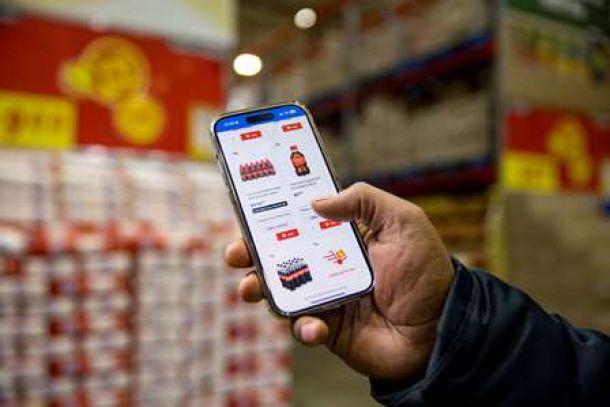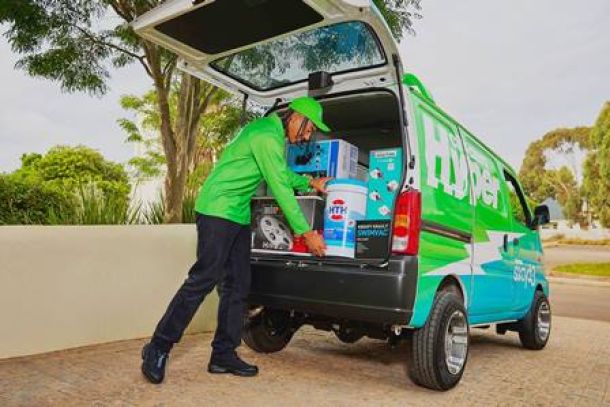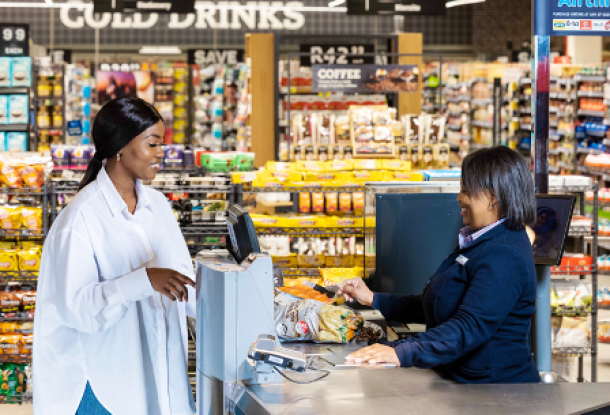The role of price comparison engines in the new retail mix
Retailers that choose to shun digital disruption are missing a golden opportunity to harness the potential of technology to drive foot traffic into stores and secure new business
The Internet and mobile devices have reshaped the retail environment. With the rise in e-commerce, brick-and-mortar stores have struggled to compete with the depth of the virtual world’s retail offering. This includes the ability to offer a larger variety of categories and products, one-click buy and pay convenience, and the ability to compare prices from multiple retailers, often through the use of price comparison engines.
For many consumer goods categories, e-commerce has all but killed off physical retail sales. However, rather than view this digital revolution as a death knell to their traditional business, retailers should be looking to leverage unique trends that are emerging in physical retail space thanks to technology. As a prime example, in many instances price comparison engines are enriching the physical shopping experience.
A 2016 study from Euclid Analytics looked at the shopping preferences and behaviours of 1,500 US smartphone users. According to the study, 83% of consumers used smartphones while shopping in brick-and-mortar stores to help make purchase decisions.
The truth is, despite the hype and the boom in e-commerce, in-store shopping remains the consumer’s preferred form of retail interaction. This was shown recently by local social media ad tech company Popimedia following commissioned research that identified the trend in SA.
Released as the “Digital Influence in SA” study, local research findings were combined with other publicly available research, revealing that 91% of consumers visit a store to make a purchase at least once a week while only 49% of consumers shop online with the same frequency.
Additional research findings suggest that six in 10 Internet users start shopping on one device and continue or finish on a different one – 79% of these consumers use their smartphones for research, but only around 10% make purchases via the device.
What, then, are these consumers doing on their devices? According to the Euclid Analytics study, most consumers use their phones, both in the lead up to a purchase and in store, to compare prices or to look at current promotions. Other uses for mobile devices in the retail environment include taking pictures of products for later reference, checking shopping and to-do lists and reading online product reviews.
Statistics released by Google supports this, showing that 82% of smartphone users turn to their phone to influence an in-store purchase decision. However, it’s Popimedia’s recent research that proves most compelling in this regard. For instance, the findings show that 85% of consumers compare prices online and 78% read online product reviews before going to a store to make a purchase.
Most importantly, a staggering 93% of respondents use mobile to research and make purchases mostly in store, while 47% of customers check the price of products online while in store before purchasing.
The easiest and most convenient way to compare prices at present is to use price comparison engines. These web-based resources have the capabilities to filter content from a variety of sources to deliver granular search results based on specific criteria, including price, brands, features and product reviews. While the benefit to e-commerce platforms is clear, and most already leverage the technology to drive click-throughs and sales, the benefit to the brick-and-mortar retail environment has been less clear – n until now, that is.
The fact is that prevailing shopping trends suggest consumers aren’t so clear-cut in terms of their preference for e-commerce over physical retail. Many consumers still enjoy the physical retail experience and environment when shopping for specific product categories, but may prefer the convenience of e-commerce for others.
What Popimedia found from its Digital Influence research was that consumers are increasingly blending their “online” and “offline” shopping experiences. It’s a trend we’re also seeing on Phonefinder.co.za. Many of our over 7,000 unique visitors each day use the price comparison engine to identify cellphone contract offers across the spectrum of providers, filtering results according to their phone preferences and contract offers to find the best price with the most data.
In this new “no-line” paradigm, price comparison engines will play an increasingly important role in the modern retail mix as they help to influence and drive in-store purchase behaviour.
* Krom is founder and MD of cellphone contract comparison engine Phonefinder.co.za.
News Category
- International retailers
- On the move
- Awards and achievements
- Legislation
- Wine and liquor
- Africa
- Going green
- Supplier news
- Research tools
- Retailer trading results
- Supply chain
- Innovation and technology
- Economic factors
- Crime and security
- Store Openings
- Marketing and Promotions
- Social Responsibility
- Brand Press Office
Related Articles

Two local businesses see a gap as food and groc...

SARS launches WhatsApp channel to help check ta...

Shoprite launches online shopping and bulk deli...

Sixty60 promises lightning-fast delivery of 10 ...


